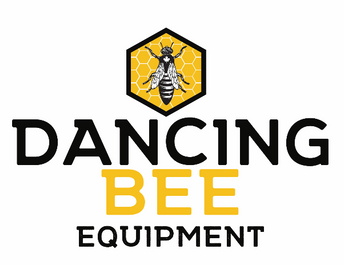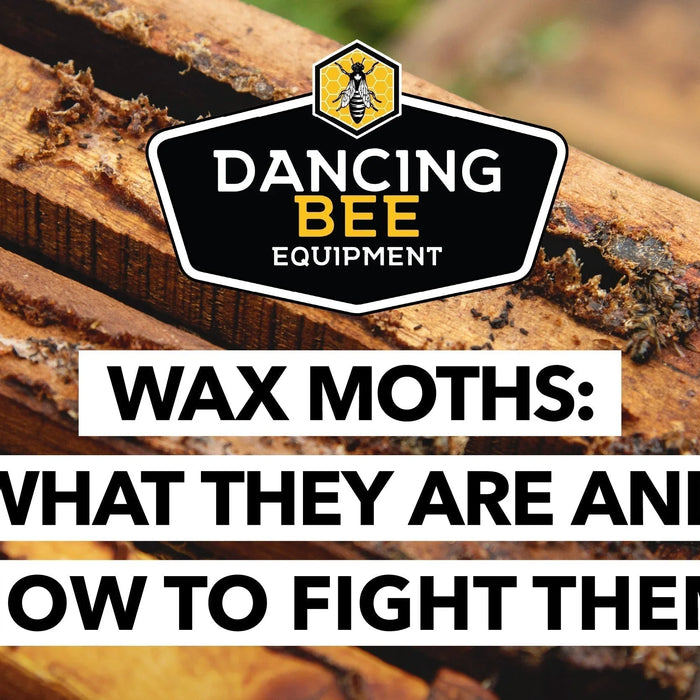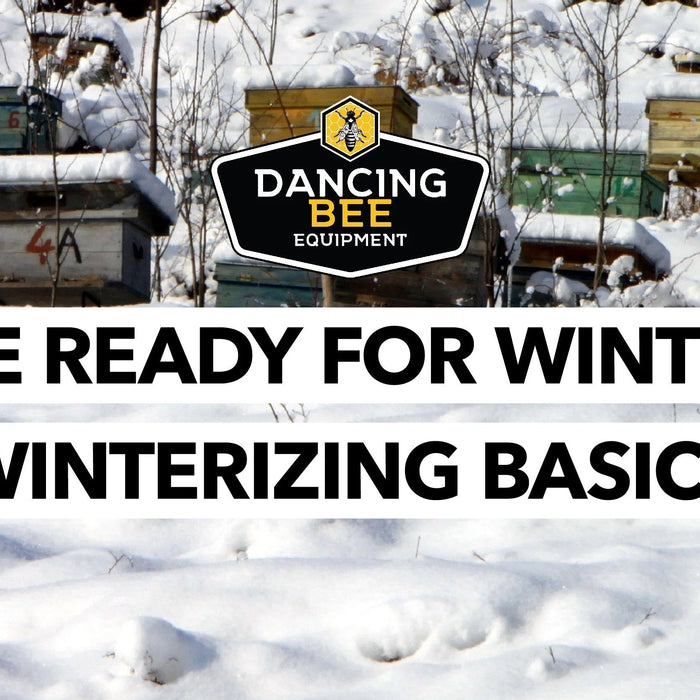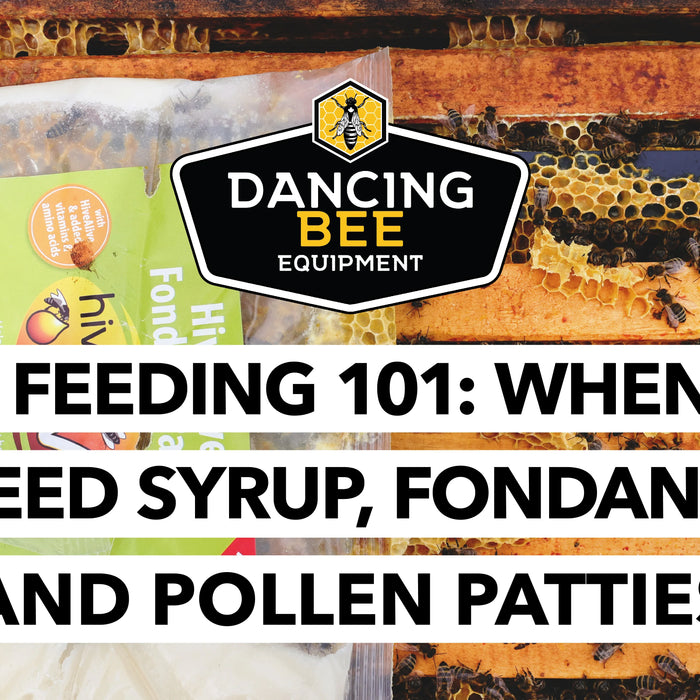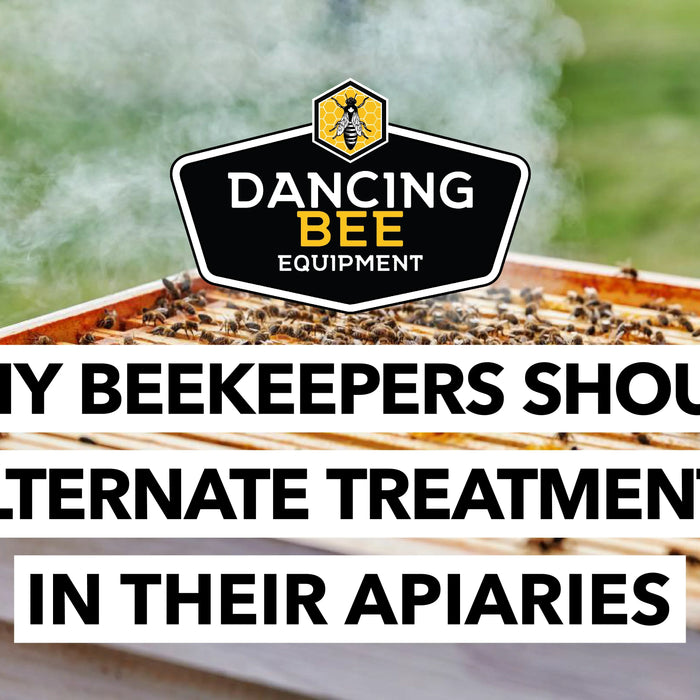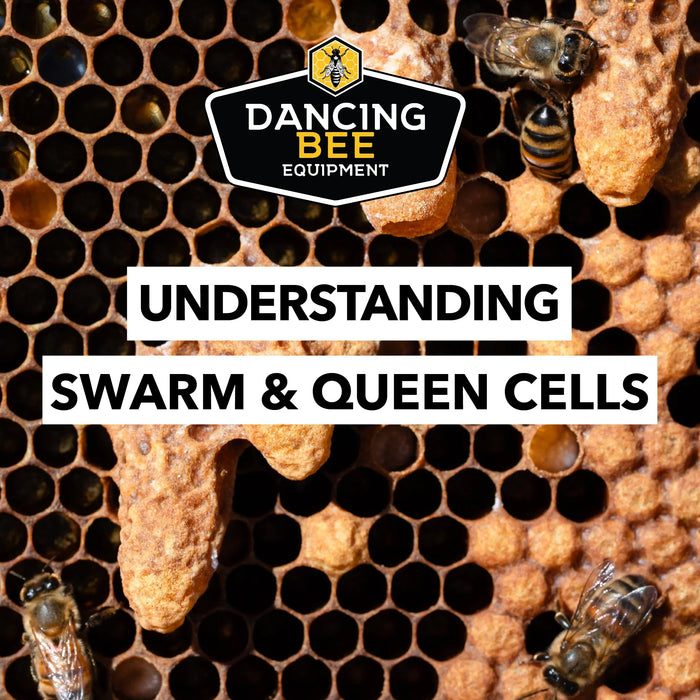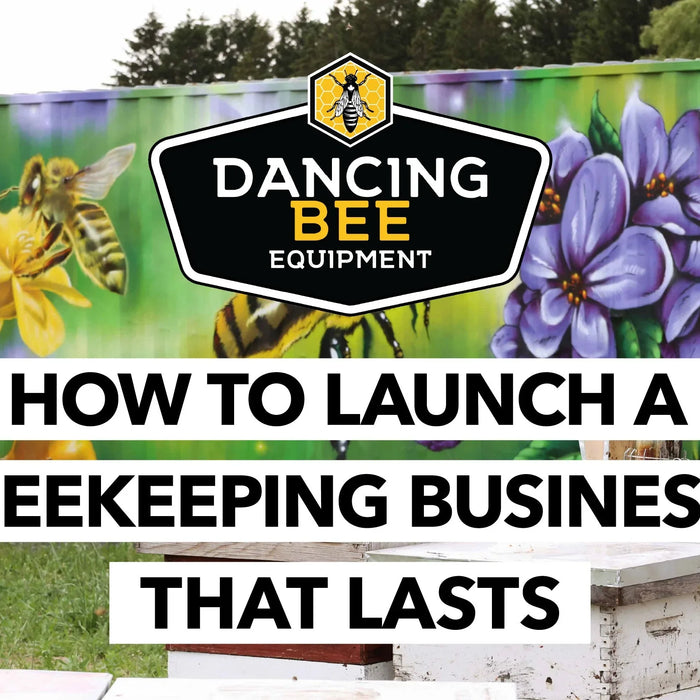
The Buzz Starts Here: How to Launch a Beekeeping Business That Lasts
There’s something quietly captivating about keeping bees. Not the curated, slow-motion videos online—but the real deal: early mornings, full suits in the heat, and the hum of thousands of wings working together...
